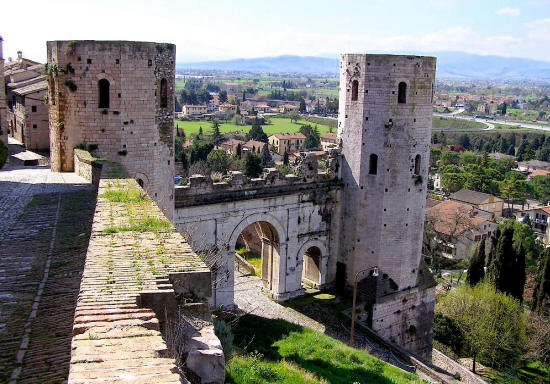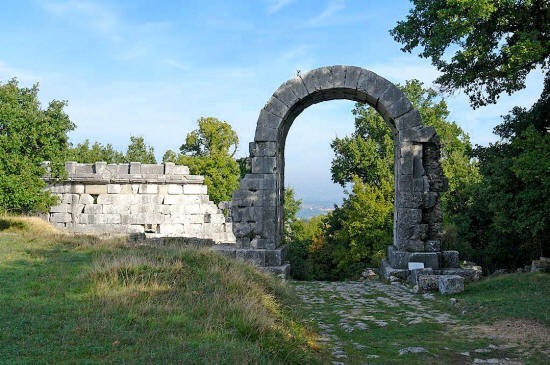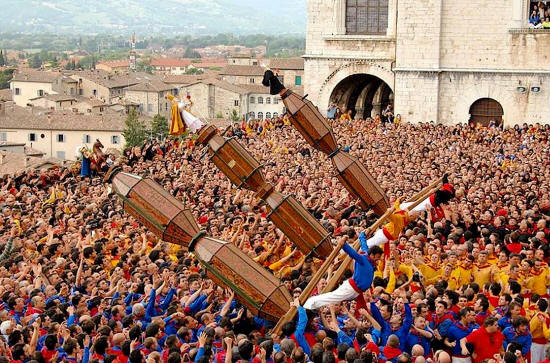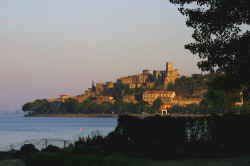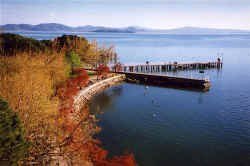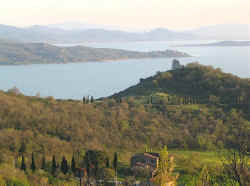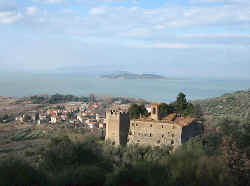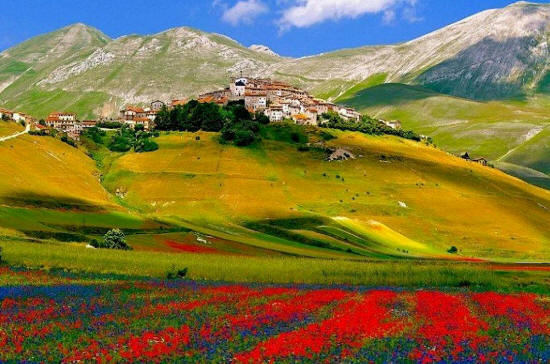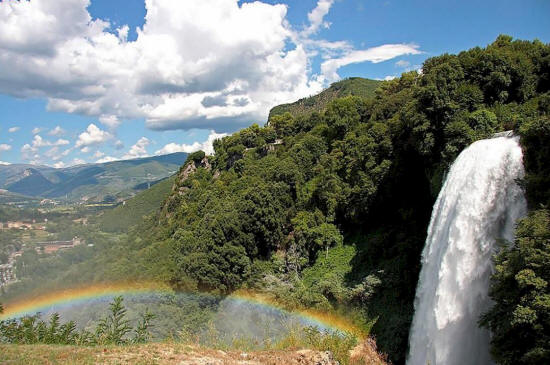Roman UmbriaPorta Venere, Spello, Umbria Many Roman ruin and Roman history enthusiasts visiting Italy might be unaware that, in addition to Pompeii and Herculaneum, there are many splendid Roman remains to be found outside of Rome and its environs. A great many of these are located in Umbria, in part because some important Roman roads, notably the Via Flaminia, ran through what is now Umbria. Some Roman buildings have been preserved essentially intact after conversion to other purposes, usually as churches, while huge constructions such as bridges, theatres and amphitheatres survive simply because of the quantity of stone used in their construction and the quality of the concrete used by the Romans. Assisi, Spello, Spoleto and Perugia all have interesting Roman buildings to view and the main structures of the Roman town of Carsulae are easily explored. More about Roman Umbria. |
